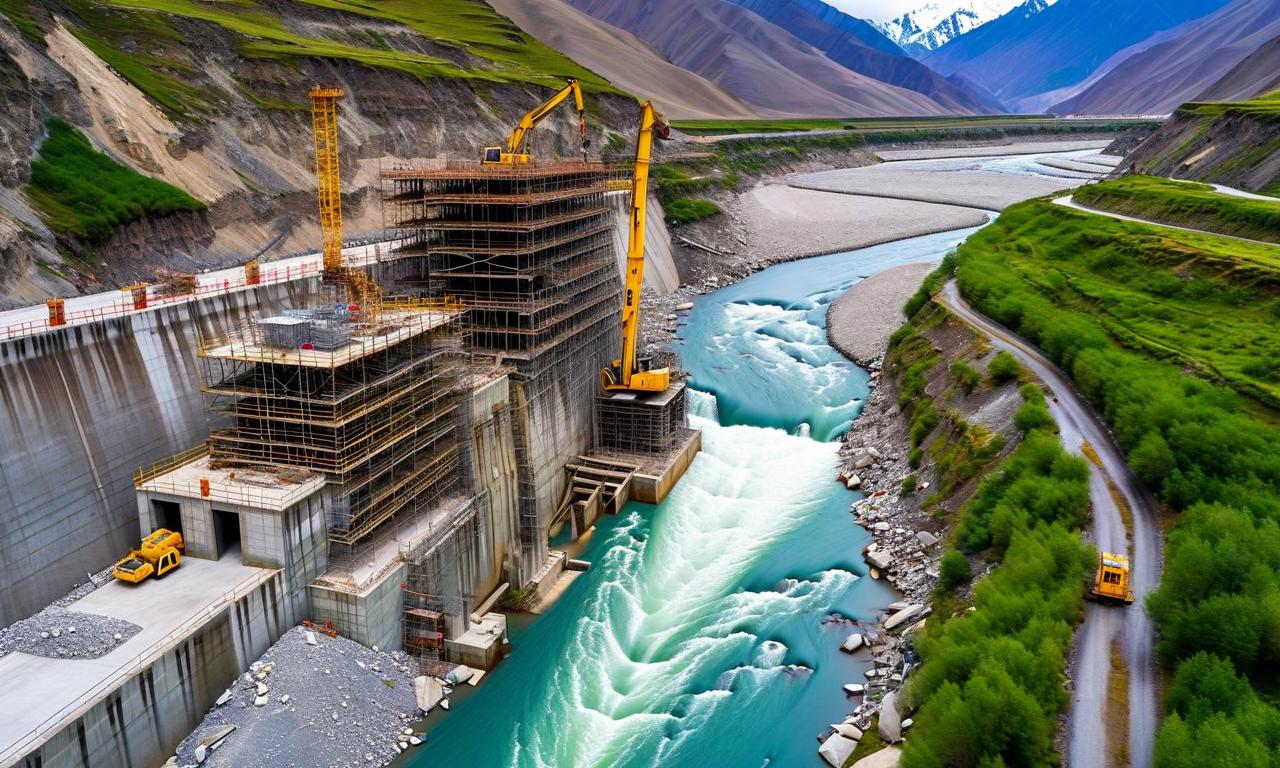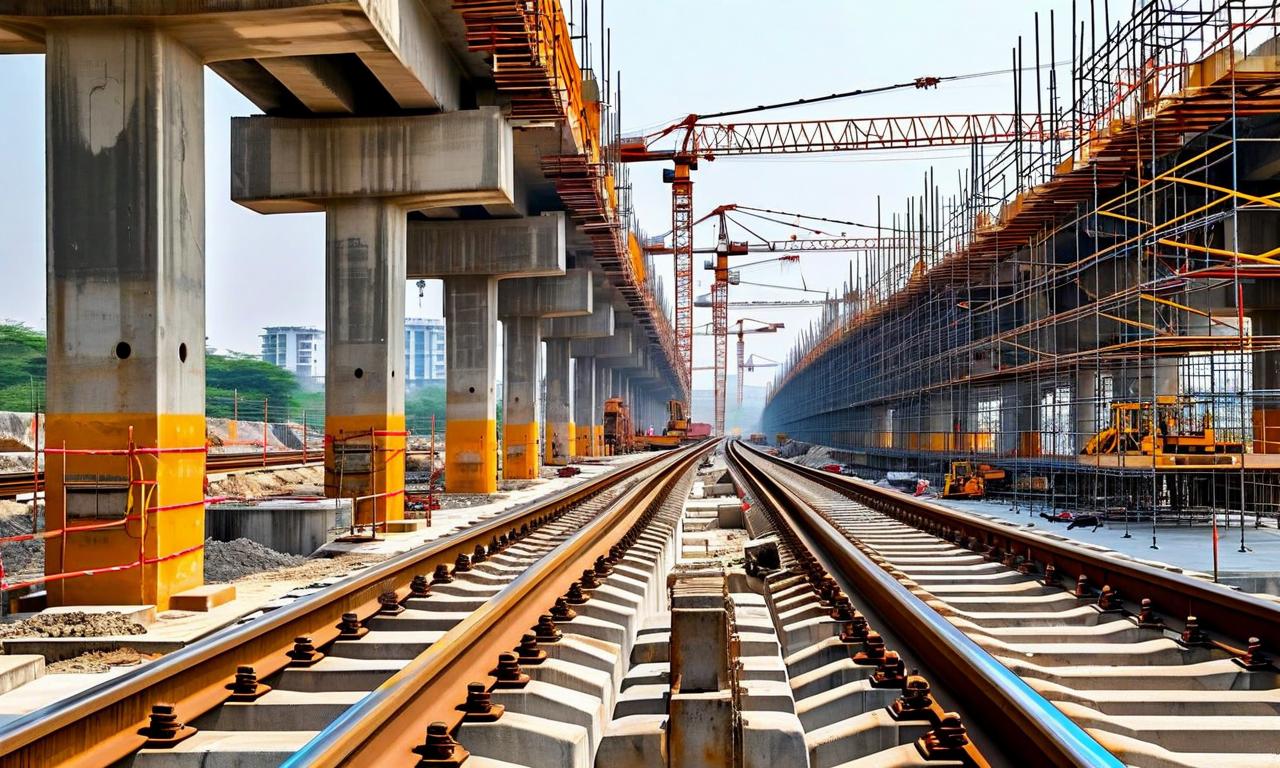China Launches $167 Billion Mega-Dam Project in Tibet, Raising Environmental and Geopolitical Concerns
Chinese Premier Li Qiang has initiated the construction of a colossal hydroelectric project on Tibet's Yarlung Tsangpo river. The $167 billion project, led by China Yajiang Group, involves building five cascade dams in Nyingchi city. It aims to generate substantial power for Tibet and other regions of China. While promising economic growth and energy benefits, the project raises significant environmental concerns, particularly regarding its impact on the biodiversity-rich Yarlung Tsangpo gorge. Additionally, it may escalate geopolitical tensions with India due to potential effects on the Brahmaputra river flow.

*this image is generated using AI for illustrative purposes only.
Chinese Premier Li Qiang has inaugurated the construction of a massive hydroelectric project on Tibet's Yarlung Tsangpo river, marking one of the most ambitious and costly infrastructure endeavors in recent history. The project, with an estimated investment of 1.2 trillion yuan ($167.00 billion), is set to transform the region's energy landscape and potentially impact neighboring countries.
Project Details and Scale
The newly formed China Yajiang Group will spearhead the construction of this colossal undertaking, which includes a series of five cascade dams in Nyingchi city, Tibet. This mega-dam project represents a significant step in China's efforts to harness its vast water resources and boost economic growth.
Energy Generation and Distribution
Once completed, the dam complex is expected to generate substantial power, which will be distributed both within Tibet and to other regions of China. This dual-purpose approach aims to address local energy needs while also contributing to the broader national power grid.
Economic Implications
With an investment of $167.00 billion, this project stands as one of the costliest infrastructure initiatives globally. It aligns with Beijing's strategy to stimulate economic growth through large-scale infrastructure development, potentially creating jobs and driving technological advancements in the hydropower sector.
Environmental Concerns
The project has raised significant environmental concerns, particularly regarding its impact on the Yarlung Tsangpo gorge. This area, known for its rich biodiversity, includes a national nature reserve. Environmentalists warn of potentially irreversible damage to the local ecosystem and wildlife habitats.
Geopolitical Tensions
The dam's construction could escalate tensions with India, as the Yarlung Tsangpo river flows into Arunachal Pradesh, where it becomes the Brahmaputra, a major river vital to millions in India. Concerns about water flow and management between the two countries may arise, adding a layer of geopolitical complexity to the project.
Conclusion
As China moves forward with this ambitious hydroelectric venture, the world watches closely. The project's vast scale promises significant energy production but also brings to the forefront critical questions about environmental preservation and international water rights. The coming years will reveal the full impact of this mega-dam on Tibet's landscape, China's energy sector, and the delicate balance of regional geopolitics.
























